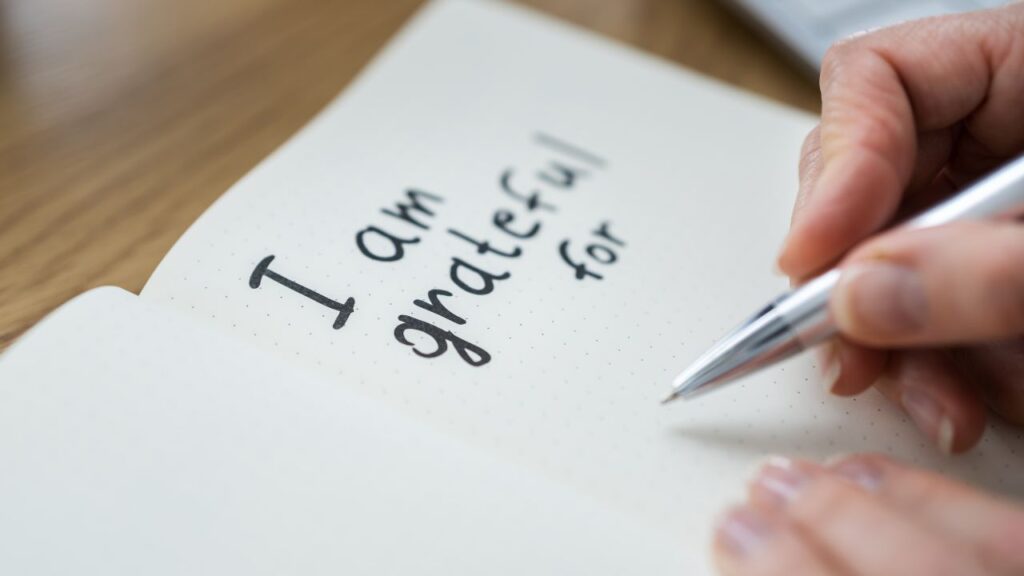Journaling is a powerful tool for self-discovery, emotional clarity, and personal growth. By putting your thoughts and feelings onto paper, you can gain insights into your inner world, process emotions more effectively, and make better decisions. In this article, we’ll explore five impactful journaling techniques designed to help you achieve emotional clarity. Each technique is simple to start and highly effective in promoting emotional balance and mental well-being.

1. Stream-of-Consciousness Journaling
What It Is:
This technique involves writing without structure or editing. It’s about letting your thoughts flow freely onto the page, capturing whatever comes to mind.
How It Helps:
Stream-of-consciousness journaling clears mental clutter and helps you process emotions in real time. It’s especially useful when you’re feeling overwhelmed or stuck, as it allows you to release pent-up thoughts and emotions.
How to Start:
- Set a timer for 10–20 minutes.
- Write continuously without stopping to edit or judge your thoughts.
- Don’t worry about grammar or coherence; the goal is to express yourself freely.
Example Prompt:
“What’s on my mind right now?”
2. Gratitude Journaling
What It Is:
Gratitude journaling involves focusing on the positive aspects of your life by listing things you’re grateful for.
How It Helps:
Focusing on gratitude shifts your mindset from negativity to positivity. It helps you appreciate the good in your life, reducing stress and fostering emotional clarity.
How to Start:
- Each day, write down 3–5 things you’re grateful for.
- Reflect on why these things matter to you and how they make you feel.
Example Prompt:
“What are three moments from today that brought me joy or peace?”

3. Emotional Check-In Journaling
What It Is:
This technique involves writing about your emotions, identifying their root causes, and exploring ways to address them.
How It Helps:
Naming and analyzing your emotions helps you understand their triggers and patterns. This practice can prevent emotional overwhelm and improve emotional regulation.
How to Start:
- Begin by describing how you feel in the moment.
- Identify what might be causing these feelings.
- Write down actionable steps to address or process these emotions.
Example Prompt:
“What emotions am I feeling right now, and what might be triggering them?”
4. Prompted Journaling
What It Is:
Prompted journaling uses specific questions or topics to guide your writing. These prompts can help you explore particular areas of your life or emotions in depth.
How It Helps:
Prompts encourage focused reflection and help you uncover insights that might not emerge during unstructured writing.
How to Start:
- Use pre-written prompts or create your own based on what you want to explore.
- Write about one prompt per session, taking your time to reflect and elaborate.
Example Prompts:
- “What’s a recent challenge I faced, and how did it make me stronger?”
- “What’s a recurring thought or fear, and how can I reframe it?”

5. Future Self Journaling
What It Is:
This technique involves writing as if you are your future self, reflecting on your current life or imagining how you’ve overcome challenges.
How It Helps:
Future self journaling builds hope and clarity by encouraging you to envision a better version of yourself. It also helps you identify actionable steps to achieve your goals.
How to Start:
- Write a letter from your future self to your current self.
- Focus on the progress you’ve made, the challenges you’ve overcome, and the wisdom you’ve gained.
Example Prompt:
“What advice would my future self give me about this situation?”

Final Tips for Effective Journaling
- Be Consistent: Aim to journal daily or at least several times a week to establish a habit.
- Choose the Right Environment: Find a quiet, comfortable space where you can write without interruptions.
- Use a Dedicated Journal: Keep a notebook specifically for journaling to track your progress and reflections.
- Be Honest: Write truthfully and authentically; this is a space for you to express yourself without judgment.
- Reflect Periodically: Review past entries to identify patterns, progress, and insights.
Journaling is a transformative practice that can lead to profound emotional clarity and self-awareness. By incorporating these five techniques into your routine, you can navigate life’s challenges with greater resilience, confidence, and peace. Start today and experience the power of putting pen to paper!



